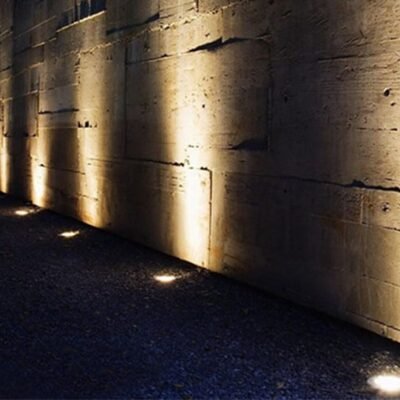Setting up a pile foundation in itself is a much bigger task, let alone the process of finding the right pile type.
One thing that many customers tend to forget is that even before the work of setting up a pile foundation even begins, there are studies to be conducted to analyze the conditions in which the project will take place.
On the basis of that study, the final step is taken to undertake the piling project. Here’s all to know about selecting the right pile foundation and what are the factors involved to choose a type of pile.
Factors Affecting The Selection of a Pile
Before identifying the type of piles that might fit well in different soil types, it is important to assess that there are several factors to assess. Here are some of the factors that determine selecting the type of pile.
- Conditions of the soil
- Loads from different structures
- Nature of the load on the pile
- Total number of piles that will be used
- Cost of the entire construction project
Once all of this is considered, the expert pile drilling contractors shortlist the right type of pile to be used for construction.
Types of Pile Foundations Used in Different Scenarios
Depending on the factors listed above, the pile drilling contractors choose a type of pile that caters to them.
1. End Bearing Pile Foundation
End-bearing piles are used when the depth of the hard soil strata or the bedrock is within a feasible depth, and the engineers don’t have to go further beyond to find hard soil. It is also referred to as point-bearing piles.
The exact length of the pile which is to be selected can be ascertained based on the bedrock depth which is obtained by exploring the soil.
In scenarios where an end-bearing pile is used, the loads from the structure are transferred to the hard soil via the bearing action of the pile and do not require the use of skin friction to resist the loads.
The cost of constructing something with this technique is usually optimum. Moreover, the final number of piles to be used depends on the load of the structure, and the bearing capacity of the bedrock.
2. Friction Pile Foundation
Friction piles work by resisting the loads from the structure due to its skin friction with the soil. Expert pile drilling contractors tend to choose this type of pile foundation when they are not sure of the depth and might have to go deeper than usual, which is where an end-bearing pile becomes uneconomical.
The length of the friction pile in such scenarios depends on the strength of the hard soil, loads from the structures, and the size of the piles. The number of piles to be used in this case depends on the individual pile capacity.
3. Combined End Bearing and Friction Pile Foundation
The combined end bearing and friction pile foundation brings the best of both worlds to the table. It has a high load-carrying capacity and is quite economical too.
This kind of pile comes into play when the soil exploration results show that the solid soil or the bedrock is at a reasonable depth and the soil above the hard part supports the skin friction of the piles.
Conclusion: Right Pile for the Right Foundation
Finding the right pile type isn’t something a customer should be fretting about. When it comes to choosing the right materials, the processes, or even the right type of team to work on a project, the pile drilling contractor should be the expert.
That is why when a contractor is brought on board, the first step should be to assess their expertise and their knowledge about the industry.
One of the most experienced Expert Pile Drilling Contractors in British Columbia is definitely Atlas Piling. They have been working in this industry for more than a decade now, and have the right tools and techniques required to pull off a piling and drilling project with proper effectiveness.
Get in touch with them today.




